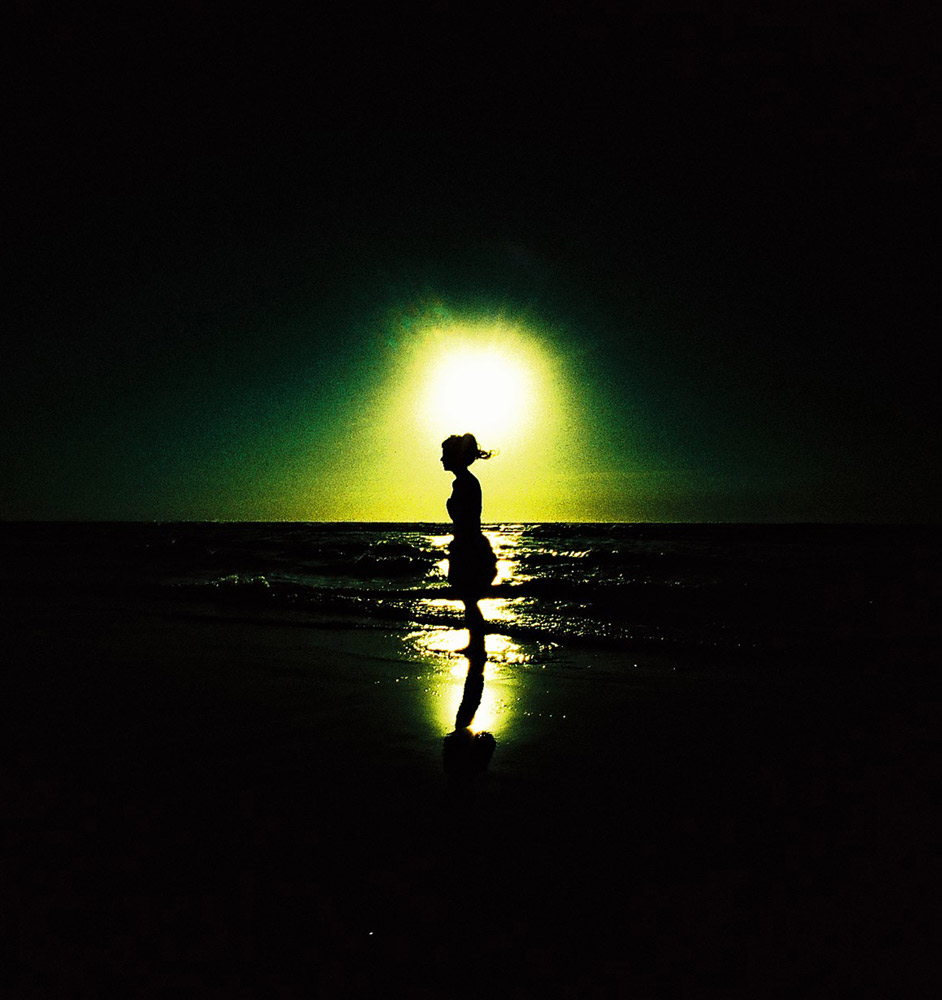
Facebook’s billion-dollar acquisition of photo-sharing software Instagram on April 9 confirmed that the world wants to take and look at pictures with interesting filters. But artistic manipulation of the photographic process is not new and, contrary to what users might expect, interest in Instagram has had a positive effect in a surprising place: at analog-only photography company Lomography, which has opened 12 new stores just since this past fall and has plans to open two more, in Chicago and Antwerp, in the coming months.
Matthias Fiegl, one of the original founders of the 20-year-old, pinhole- and fisheye-loving, Vienna-based company, recently visited New York City. He sat down with LightBox at the company’s Greenwich Village store— where signs proclaim the “prophecies of the analogue future” and the walls are papered with photographs—to discuss why its competitor’s success is good for business.
“People have tried out filters on Instagram and now they want to do the real thing,” says Fiegl. “We hear that all the time in the shop.”
Lomography started as a way to buy the Russian Lomo cameras that Fiegl and his friends loved, and now sells a variety of cameras, accessories, film, clothing and books. Fiegl says that people are often surprised that the Lomography website sees up to 8,000 images uploaded daily and about 2 million unique visitors each month. It’s a tiny sum compared to sites like Flickr but, Fiegl notes, users tend to be more selective when they need to develop and scan their photos. “Lomography is a niche,” he says. “From that perspective it’s a huge community.”
According to Lomography USA’s general manager Liad Cohen, Lomography benefits from blending online and live communities. Lomography’s website has sharing capabilities, and the stores host photography workshops and exhibitions. One such exhibition is a traveling world tour of a collection of vintage 1960s and ’70s “Diana” cameras (Lomography sells a model) amassed by the award-winning photographer Allan Detrich. The exhibit, which also features camera customizations by local artists at each stop it makes, returns to the U.S. on May 10 and will spend about a month in San Francisco before going on to Los Angeles, Austin, Chicago and New York City.
Fiegl theorizes that people who are interested in making art in a novel way want to do something unusual: “The younger the people are, the more they want to do analog,” he says. Lomography once considered selling a digital camera, but a survey of customers revealed that “Lomographers” were more interested in new analog cameras instead. And even if digital filters can achieve Lomography-like looks, Fiegl thinks that users who see themselves as artists, rather than snapshot-sharers, are drawn to his company because it encourages users to keep and come back to older work, whereas the streaming format favored by media platforms like Instagram makes it hard not to just look at what’s most recent.
Even though new customers often have to be taught how to load film and reminded that they can’t see the photos right away, Fiegl says that amateur photographers for whom digital is normal see something appealing in old-fashioned technology—and unlike larger and older photo brands, Lomography has grown alongside digital photography and has not had to struggle to reorient itself in that landscape.
“Maybe the technology is redundant,” says Fiegl, “but it’s opening up new possibilities.”
The Diana World Tour returns to the U.S. on May 10, opening at the Lomography Gallery Store in San Francisco. The show will then travel to Los Angeles, Austin, Chicago and New York. Information from past stops the show has made is available here, and more information about Lomography is available here.
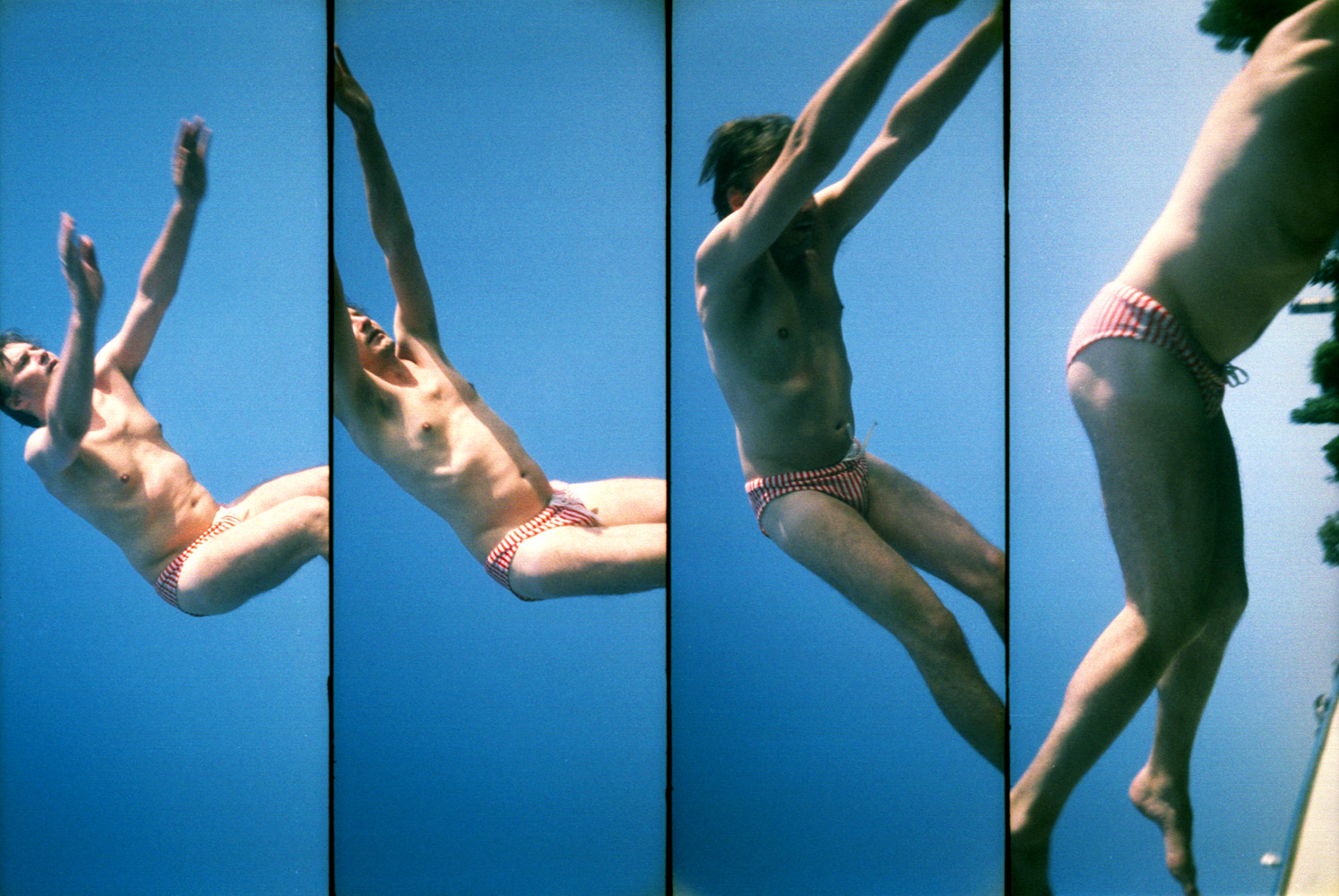
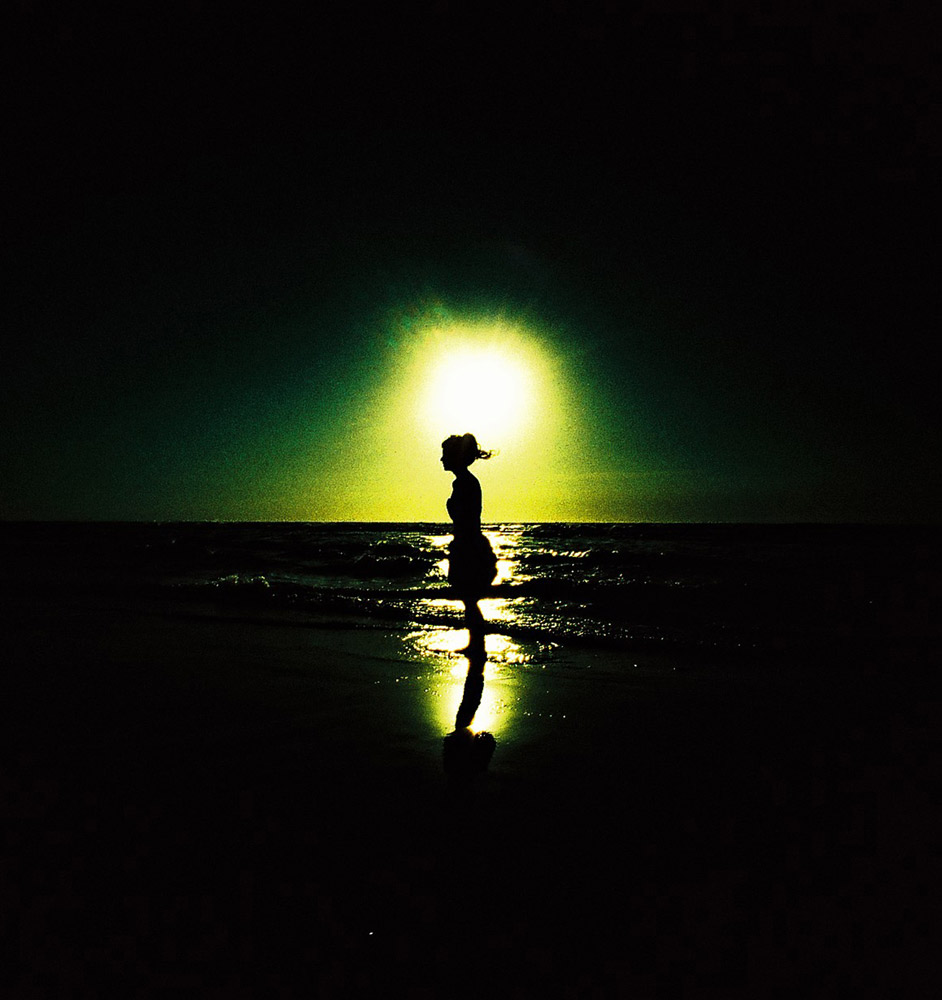
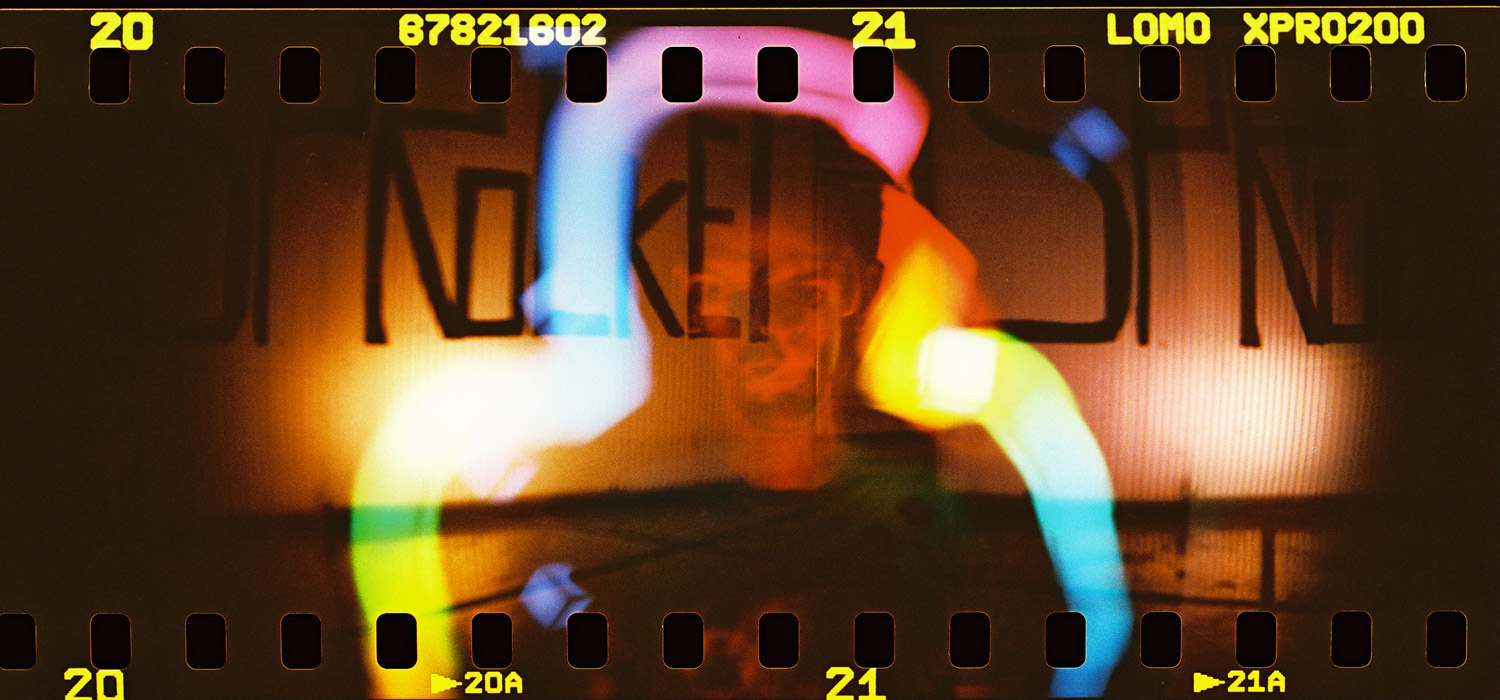

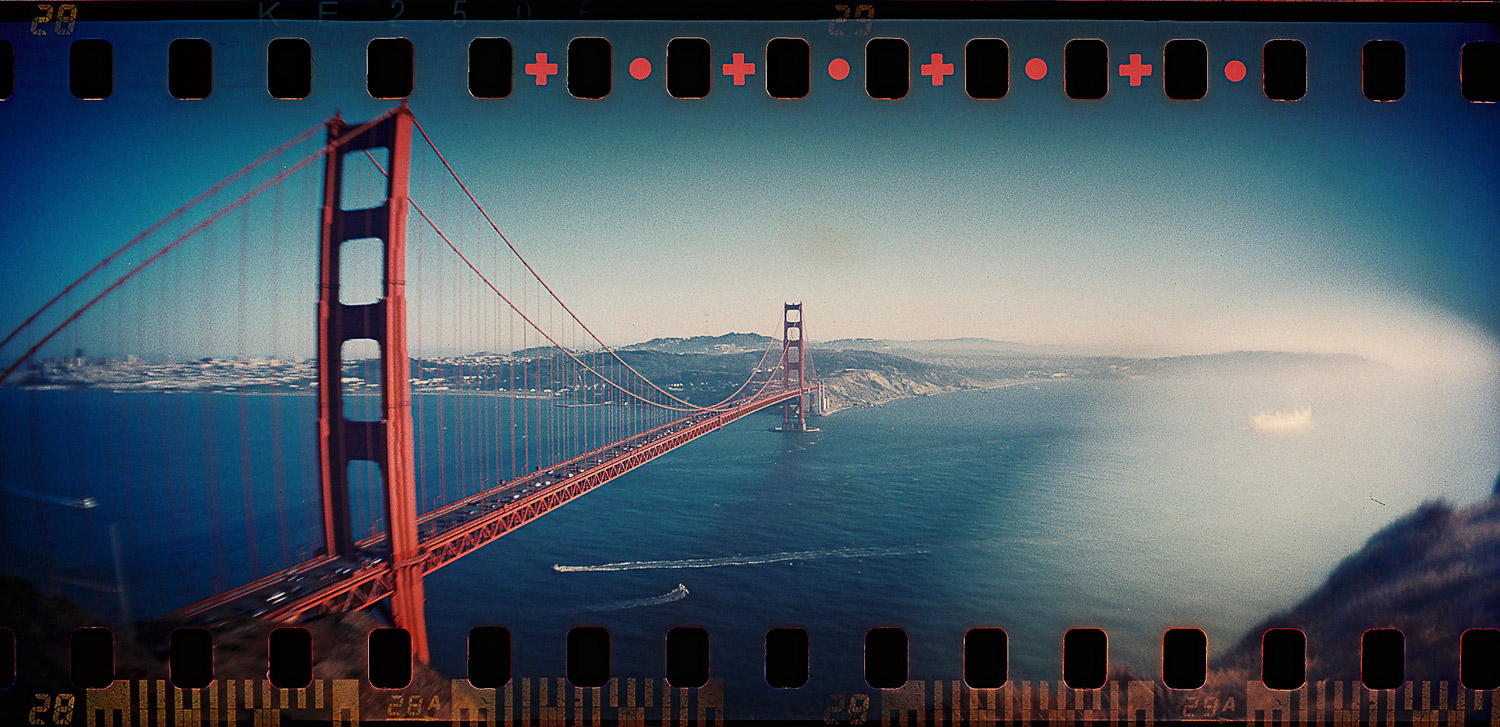


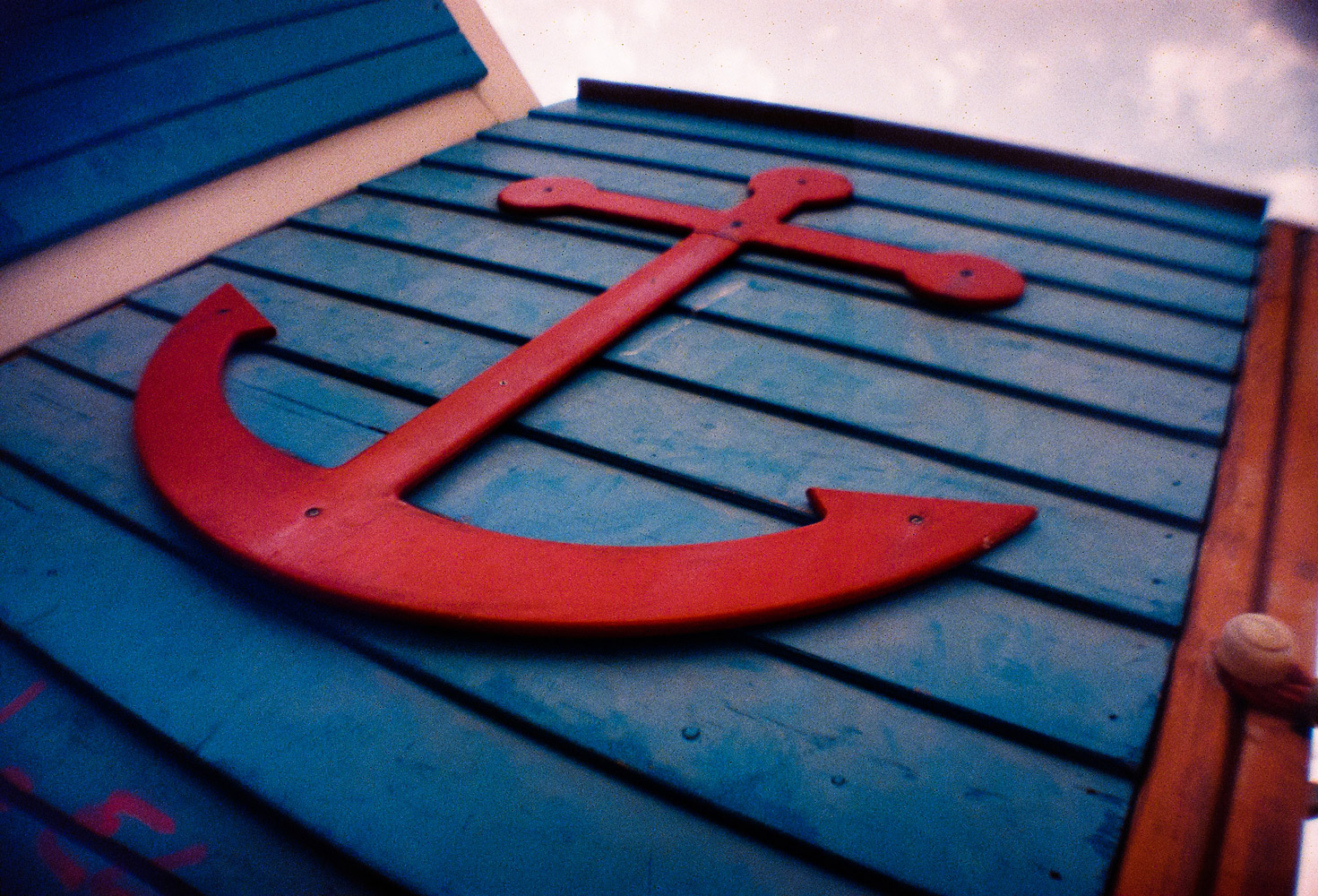
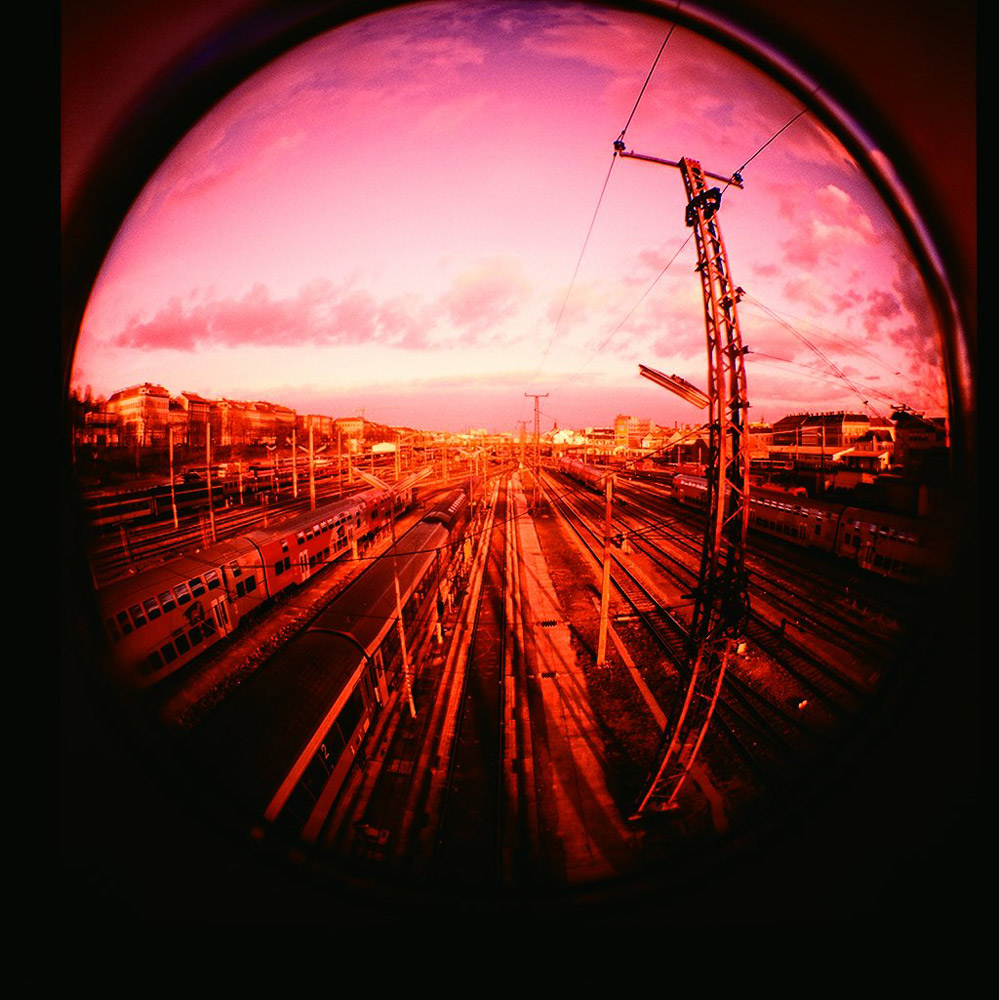
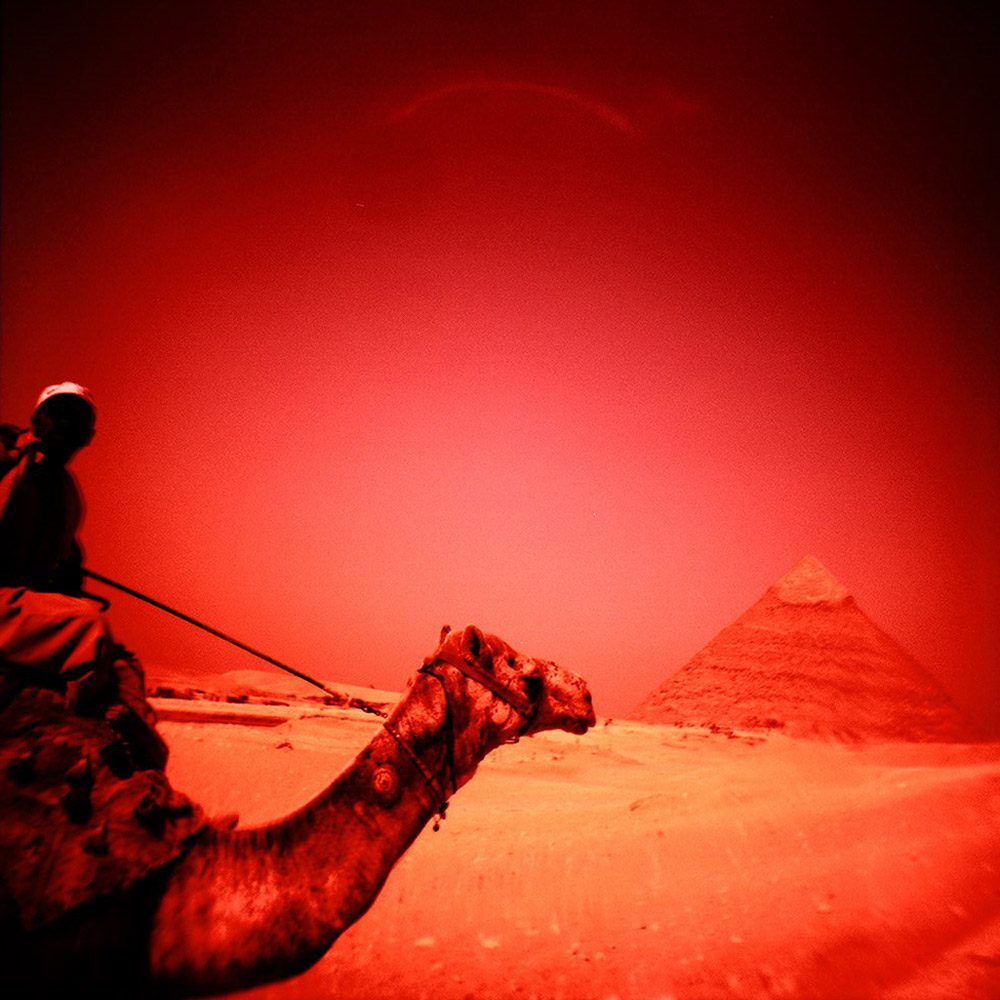
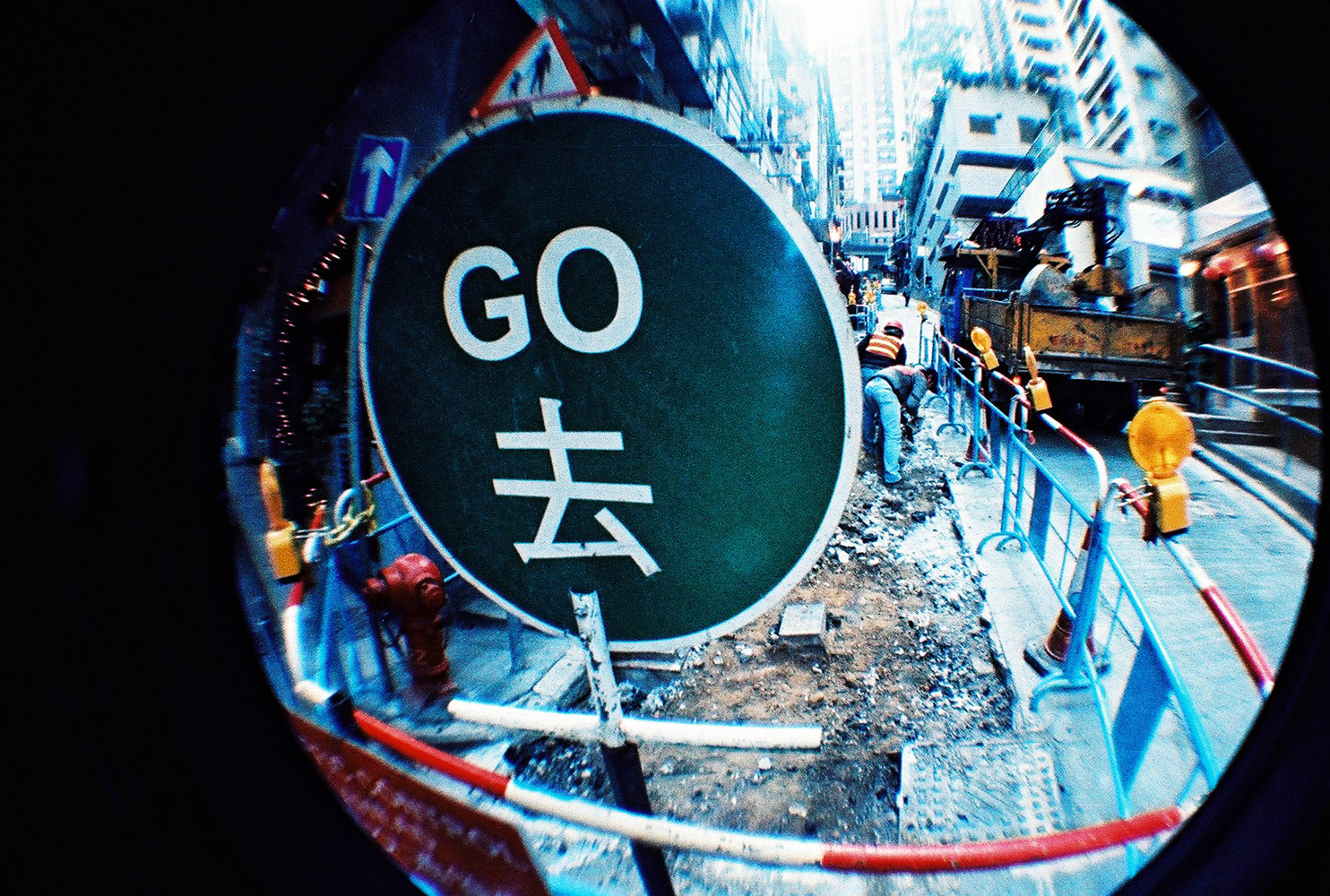
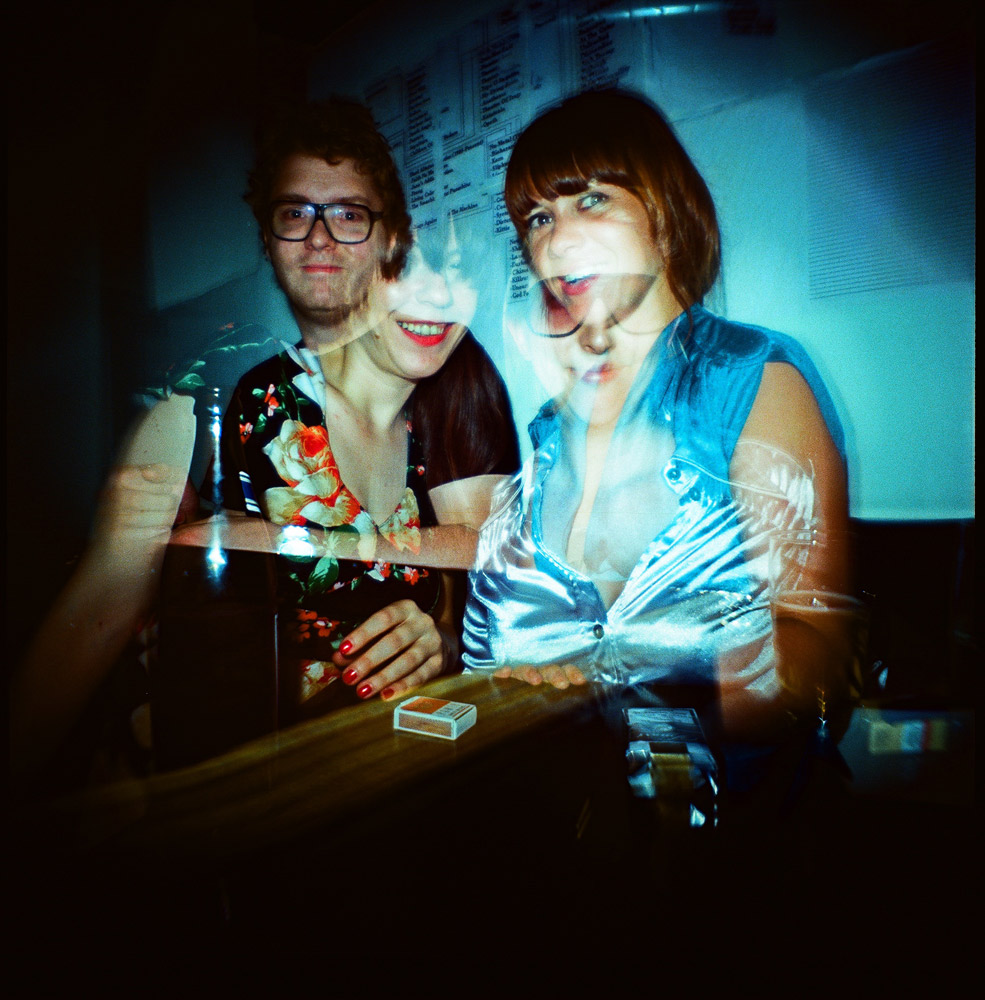
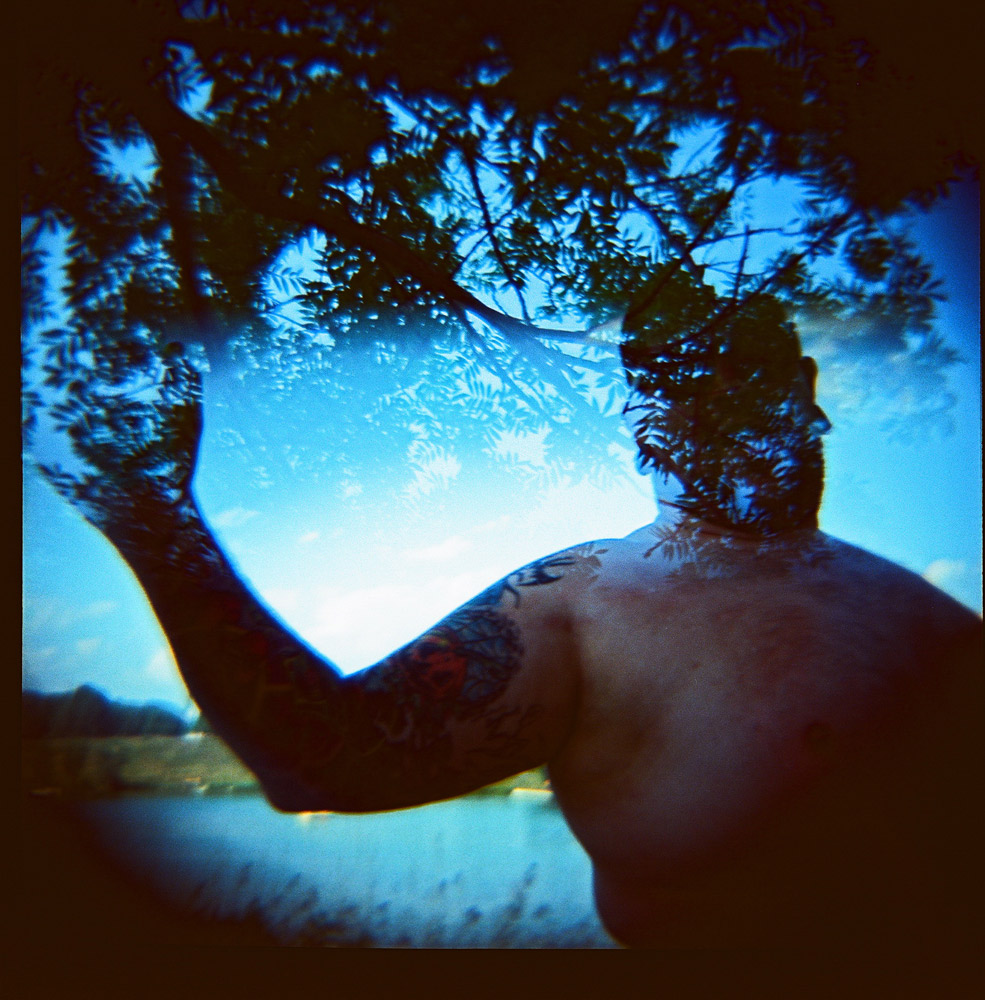
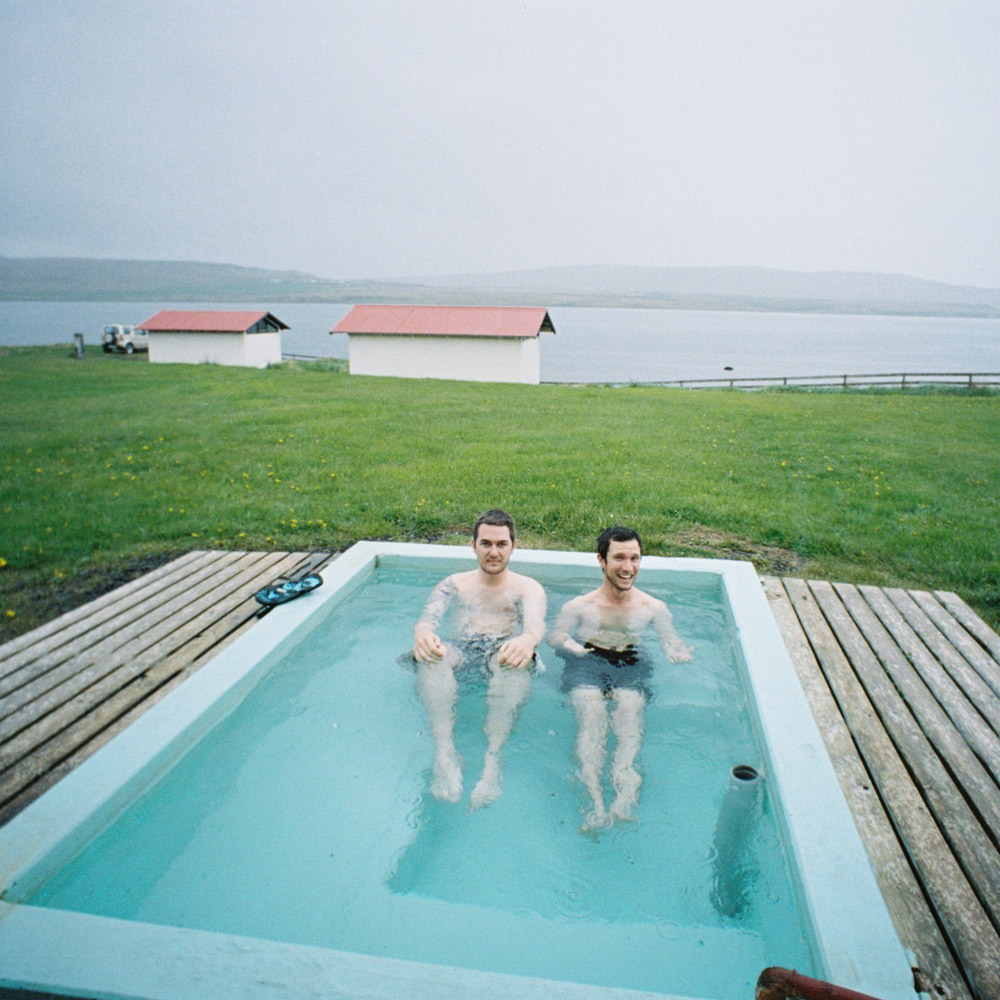
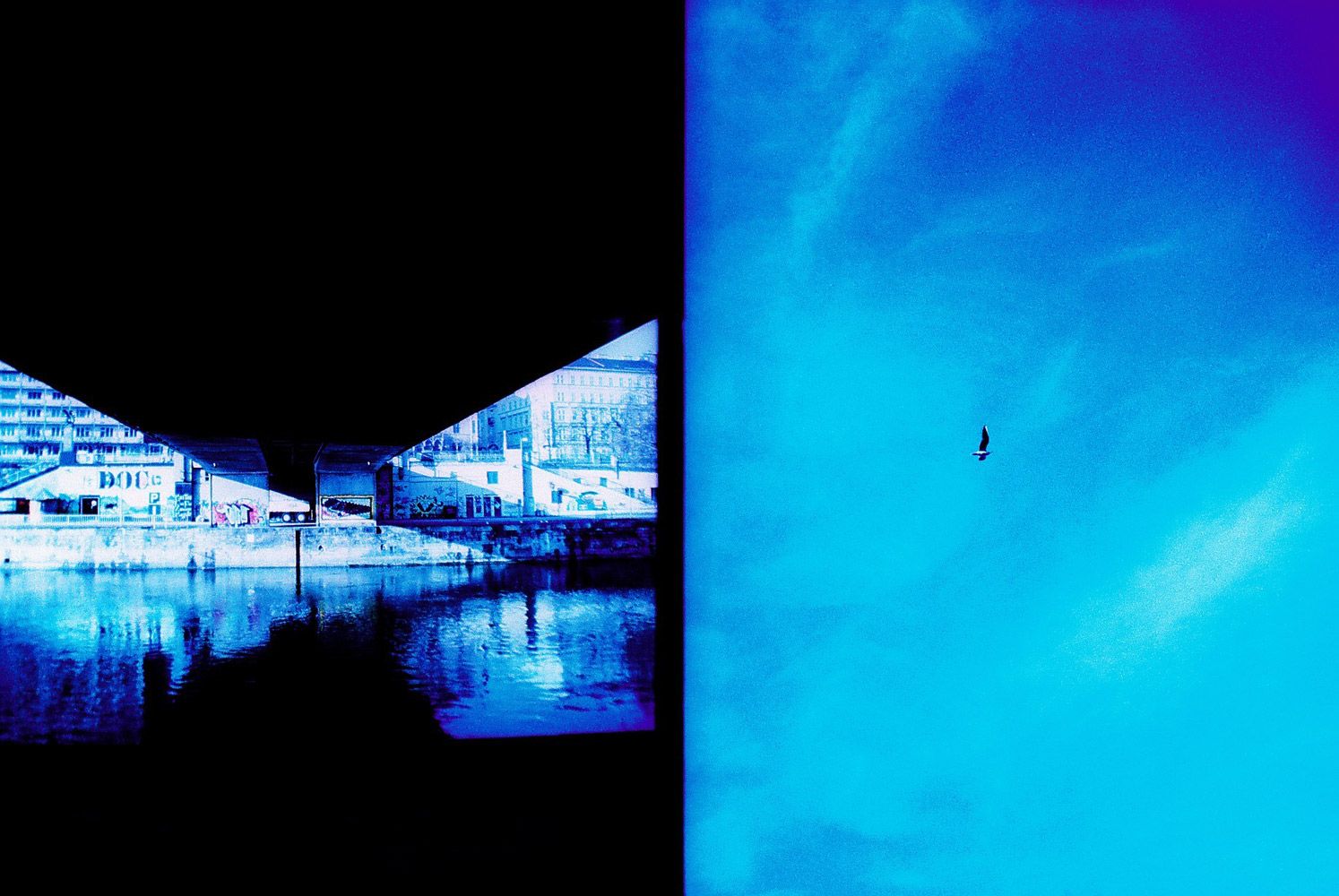
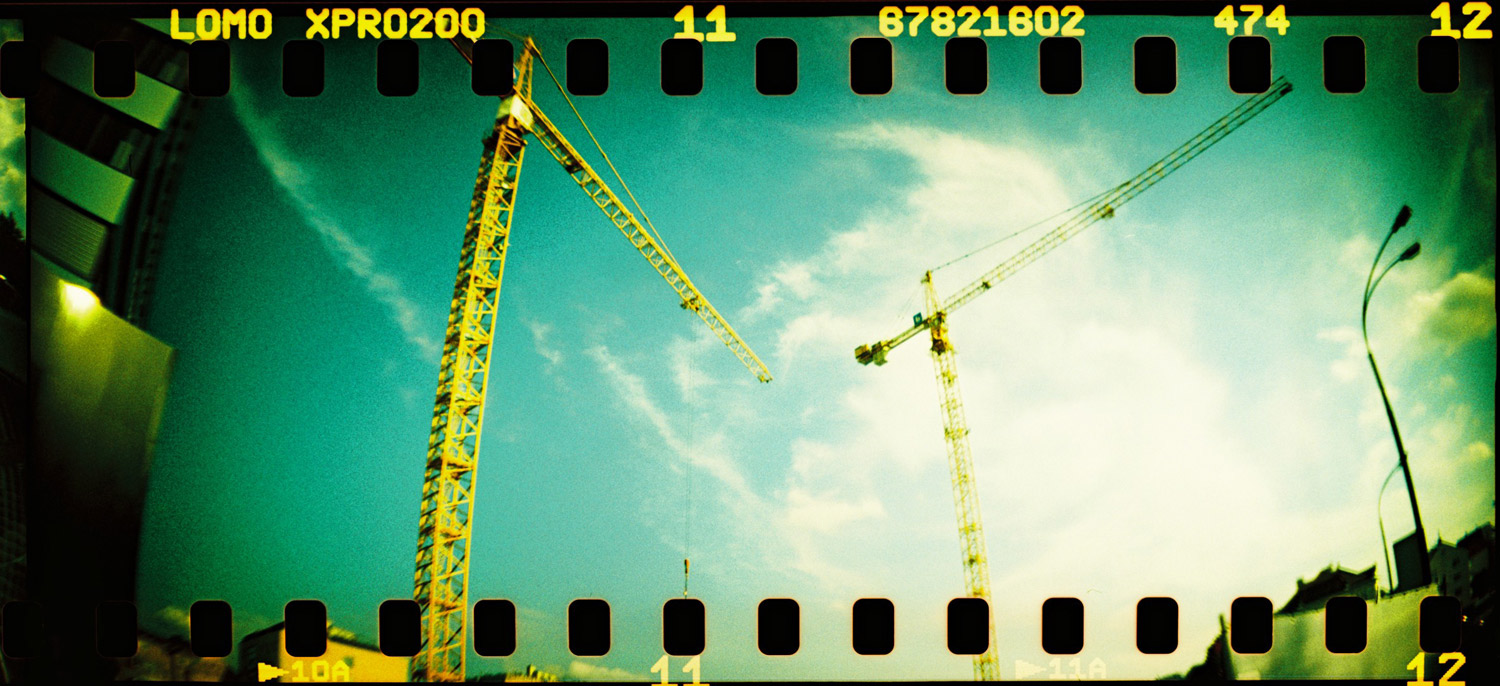


More Must-Reads From TIME
- The 100 Most Influential People of 2024
- How Far Trump Would Go
- Scenes From Pro-Palestinian Encampments Across U.S. Universities
- Saving Seconds Is Better Than Hours
- Why Your Breakfast Should Start with a Vegetable
- 6 Compliments That Land Every Time
- Welcome to the Golden Age of Ryan Gosling
- Want Weekly Recs on What to Watch, Read, and More? Sign Up for Worth Your Time
Write to Lily Rothman at lily.rothman@time.com